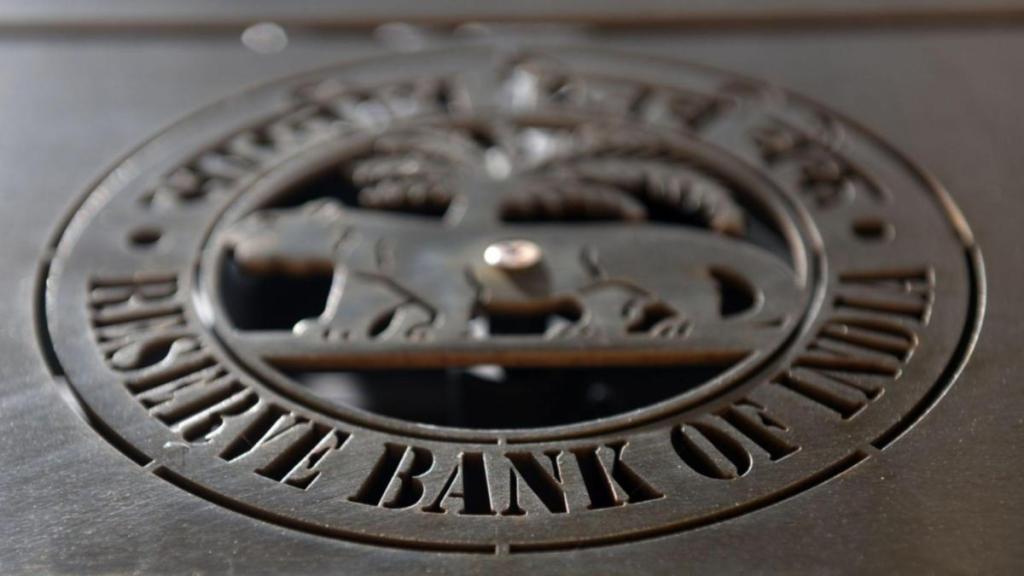In tightening the lending norms for unsecured credit by upping risk weights, the Reserve Bank of India (RBI) is taking proactive measures to ensure delinquencies for this class of loans doesn’t shoot up. The financial impact of this measure will not be significant—the additional capital requirements will add to lenders’ costs, and while some may choose to pass it on to customers, others may not. Moreover, there is ample scope in the secured consumer credit space. Rather, the central bank is signalling to lenders of all hues, and especially non-banking financial companies—to not go overboard. The fact is unsecured credit has been growing at an exceptionally fast pace of 23-24%, compared with a more sober 13-14% for other categories of loans. But what is more worrying is that there has been a lot of mispricing in this segment. In their quest for market share, it is clear many lenders have compromised on yields. The RBI decision wasn’t a surprise anyway as Governor Shaktikanta Das has been exhorting banks to strengthen internal surveillance after data showed unsecured loans are rising almost twice as fast as overall credit.
Many lenders have claimed that the majority of their exposure is to the salaried class. However, it is not clear why exactly these customers need to borrow because, ideally, their expenses—or EMIs—should be taken care of from their incomes. In fact, typically unsecured borrowings are resorted to only in emergencies given the very high rates of interest. There has been much speculation about how the money is being used by consumers and whether some of it is finding its way to the stock markets. There is thus enough reason for the central bank’s action—in the case of credit card receivables, for instance, the risk weights have been raised to 150% for banks, and 125% for NBFCs.
The central bank presumably wants unsecured lending by shadow banks to slow. It has raised the risk weight for bank exposure to NBFCs by 25 percentage points, over the existing risk weight if it is below 100%, with some exceptions. NBFCs will thus need to pay more for their loans from banks and if they are unable to pass it on, lending will slow down. In a worrying development, Cholamandalam Finance reported gross NPLs (non-performing loans) of 1.4% in its new businesses, mainly personal loans, in the September quarter, which were three times the absolute levels seen in FY23. The management attributed the rise to higher delinquencies from its fintech partnership book. Importantly, data from Transunion CIBIL shows delinquencies (defined as 90 days past due) in personal loans are inching up. While at 0.84% for the total personal loan portfolio, the NPLs may not be significant, for loans of a ticket size of less than `50, 000, the levels are six times higher.
Worryingly, nearly half of this cohort of customers had taken more than four loan products in the second quarter of 2023 compared to 17% in the corresponding period in 2019. This suggests customers are possibly taking fresh loans to repay old ones and over-leveraging of this nature needs to be contained. There is clearly some build-up of risk in pockets of the system and, however small, it should be nipped in the bud. Again, the portfolio of these micro loans may be small, accounting for just 0.3% of the total retail credit in the financial system. However, that said, there has been a rise in the early vintage delinquencies, calling for caution.


